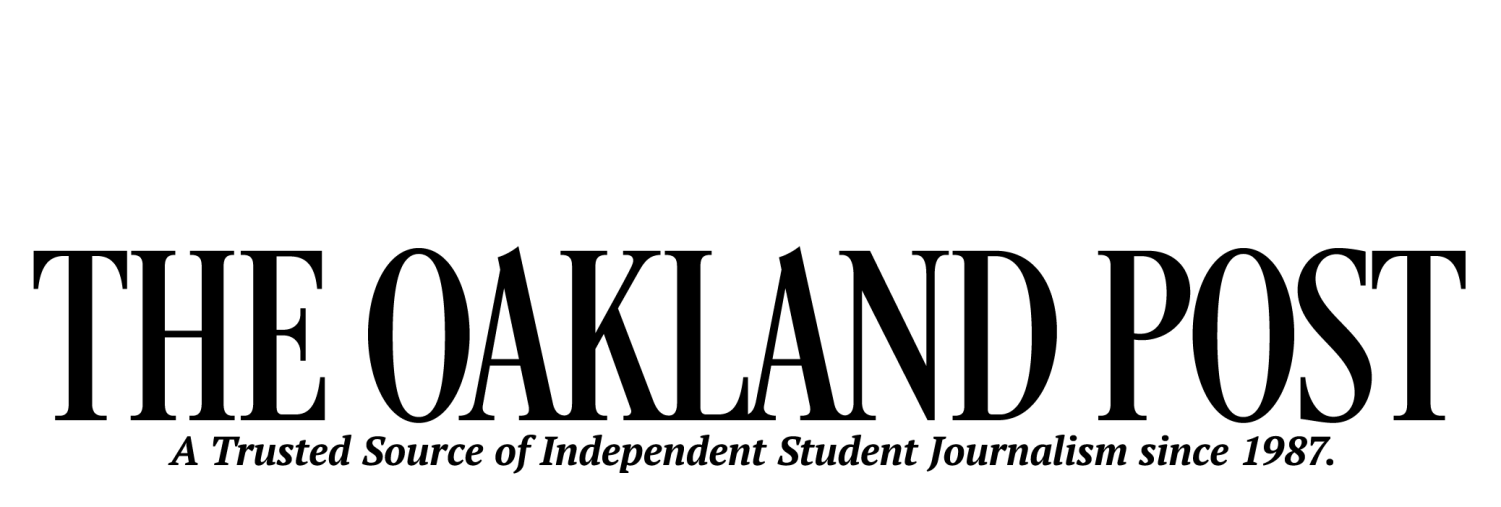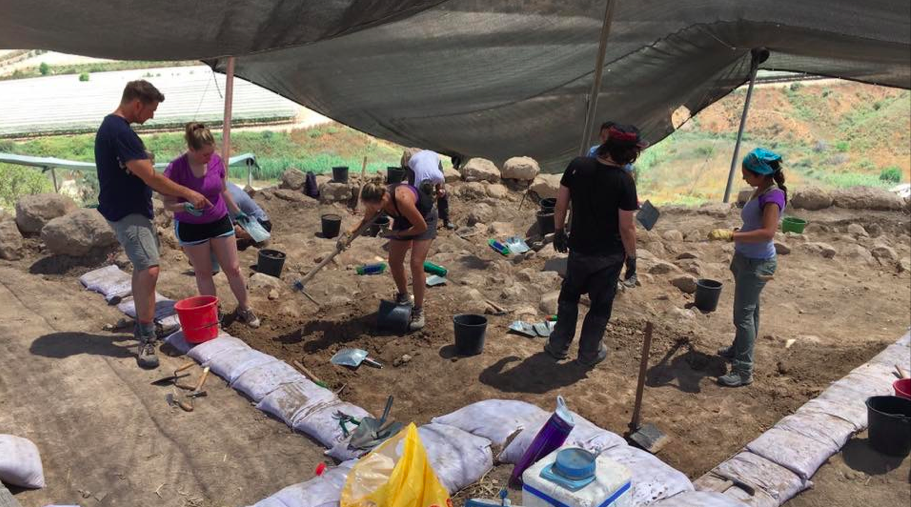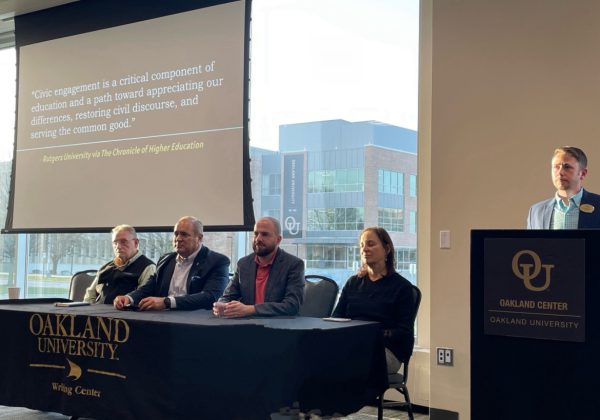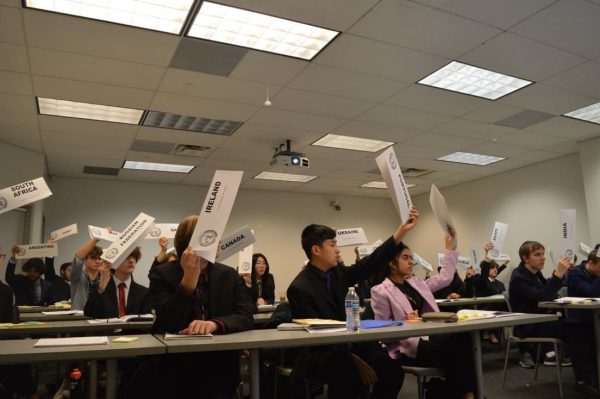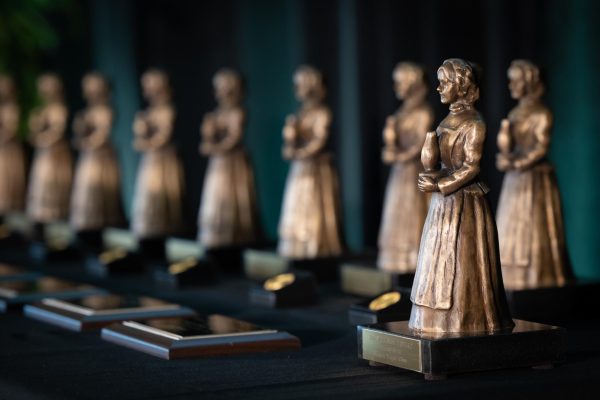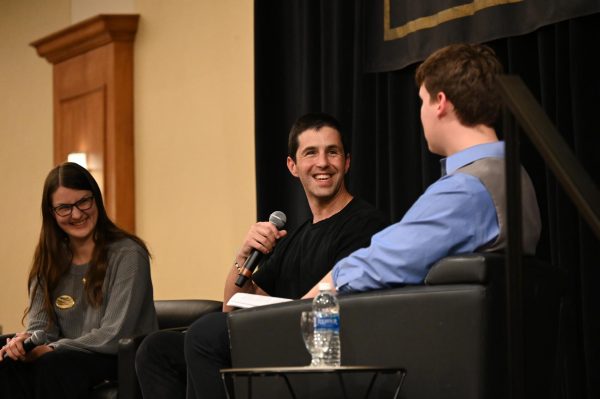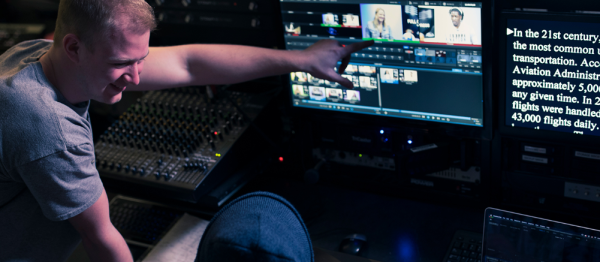A Day at the Dig
Ten Oakland University students ventured nearly 6,000 miles overseas just to get their hands a little dirty… Literally.
For the past three weeks, ten OU anthropology majors called Israel their home and got a taste of what archaeology outside of the classroom is all about.
Here’s what a day in the shoes of these adventurous anthropology students consisted of:
4:00 a.m.: wake-up call
4:40 a.m.: catch the bus to Lachish
5:05 a.m.: arrive at destination
5:15 a.m.: arrive to the top of the tel (by foot)
5:20 a.m.: gather supplies for the square you are digging in
5:30 a.m.: begin digging
12:55 p.m.: begin walking down the tel to catch the bus home
1:00 p.m.: board bus back to hostel
4:30 p.m.: pottery wash
6:30 p.m.: lecture
7:30 p.m.: community dinner
9:00 p.m.: bedtime
Repeat Sunday through Thursday.
The 2017 excavation is at Tel Lachish, which is an ancient tel (mound) located in the Shephelah region of Israel. OU students went for three out of the six week excavation.
Each student was assigned a different section of the square to work on. The square was split in half and each side was controlled by a different leader. The square leader was in charge of making sure the students dug in the correct spaces, followed the excavation safety rules and used the right tools for the job.
Students were taught to dig horizontally, across the dirt, rather than chopping down into the dirt vertically. This way, everything being dug up is all from the same time period.
Each layer is defined by a level. Each level represents a different time period. The further down you dig, the further you travel in time.
The different time periods include: Early Bronze Age (3300-3000 BC), Middle Bronze Age II (2000-1650 BC), Late Bronze Age (1650-1200 BC) and Early Iron Age (10th/9th century BC).
The leaders are able to determine what level they are digging in by the artifacts found; pottery, gold, olive pits, jewelry, flint blades, grinding stones, bones, walls, floors, destruction (burn), etc. Each ancient artifact directly relates back to a certain time period, which hints to the leaders what level they are currently in.
After an ancient artifact is found, the square leader studies it, labels it and places it in a “find bucket” where they will further examine the piece at the end of the day.
Pottery wash takes place Monday through Thursday. At the end of each dig day, everyone excavating at Lachish comes together to wash the pottery found earlier that day. Each person picks a bucket filled with water and pieces of pottery ranging anywhere from one piece to 400 plus pieces.
After scrubbing each piece to get the excess mud off, the pottery is then placed into a cardboard box and taken to the pottery room for further examination. Each piece is studied and documented to determine what time period the pottery is from.
Once pottery wash comes to an end, everyone gathers in the common area for an hour long lecture about the excavation. Once the lecture is finished and their minds are full, it is time to fill-up their stomachs. Dinner is served around 7:30 p.m. and bedtime is shortly after. 4:00 a.m. comes early and the archaeologists need their rest so they can function properly at the dig site the next day.
This routine is repeated Sunday – Thursday. Once the excavation is through on Thursday’s, the weekend begins for all. But once Saturday ends, it’s time to get back to work.
